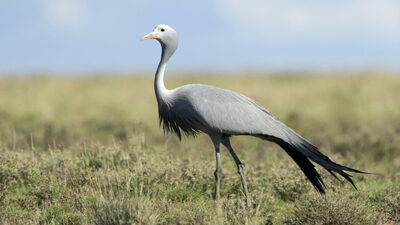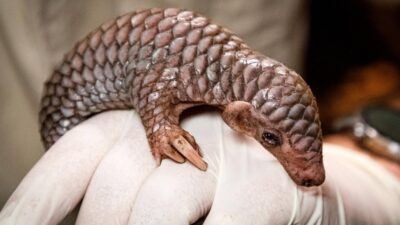For the first time in history, the elusive Pallas’s cat has been discovered on Mount Everest. The groundbreaking finding was made by a team of scientists as part of the 2019 National Geographic and Rolex Perpetual Planet Everest Expedition, the most comprehensive scientific expedition to the mountain to date.
The biology field team, led by Dr. Tracie Seimon of Wildlife Conservation Society’s Zoological Health Program, collected environmental samples from two locations along Mount Everest’s Southern Flank and confirmed the presence of Pallas’s cat through DNA analysis. The researchers also found evidence of pika and mountain weasel, important food sources for Pallas’s cat, and discovered that the cats overlap in territory with red fox.
This discovery not only adds to the growing list of known mammals in Sagarmatha National Park, but it also highlights the rich biodiversity of this remote high-alpine ecosystem. Pallas’s cat is legally protected under the Convention on International Trade in Endangered Species of Wild Fauna and Flora, making the discovery even more significant for conservation efforts.
The increasing number of tourists visiting Sagarmatha National Park and Mount Everest, which has grown from just a few thousand in the 1970s to over fifty thousand in 2019, makes it all the more impressive that Pallas’s cat went undetected in the park until now. The new study demonstrates the power of conservation genetics and environmental sampling in discovering and studying cryptic species.
Future research, including camera trap surveys and collection of additional scat samples, will help to better define the Pallas’s cat population, range, density, and diet in Sagarmatha National Park. The 2019 Perpetual Planet Everest Expedition continues to provide valuable insights into the world’s most iconic environment, showcasing the importance of multidisciplinary scientific research.
As Dr. Anton Seimon, National Geographic Explorer and co-author of the paper, said, “We hope that the confirmation of this new charismatic species will raise awareness of and education about the diversity of species at this iconic World Heritage Site.”









